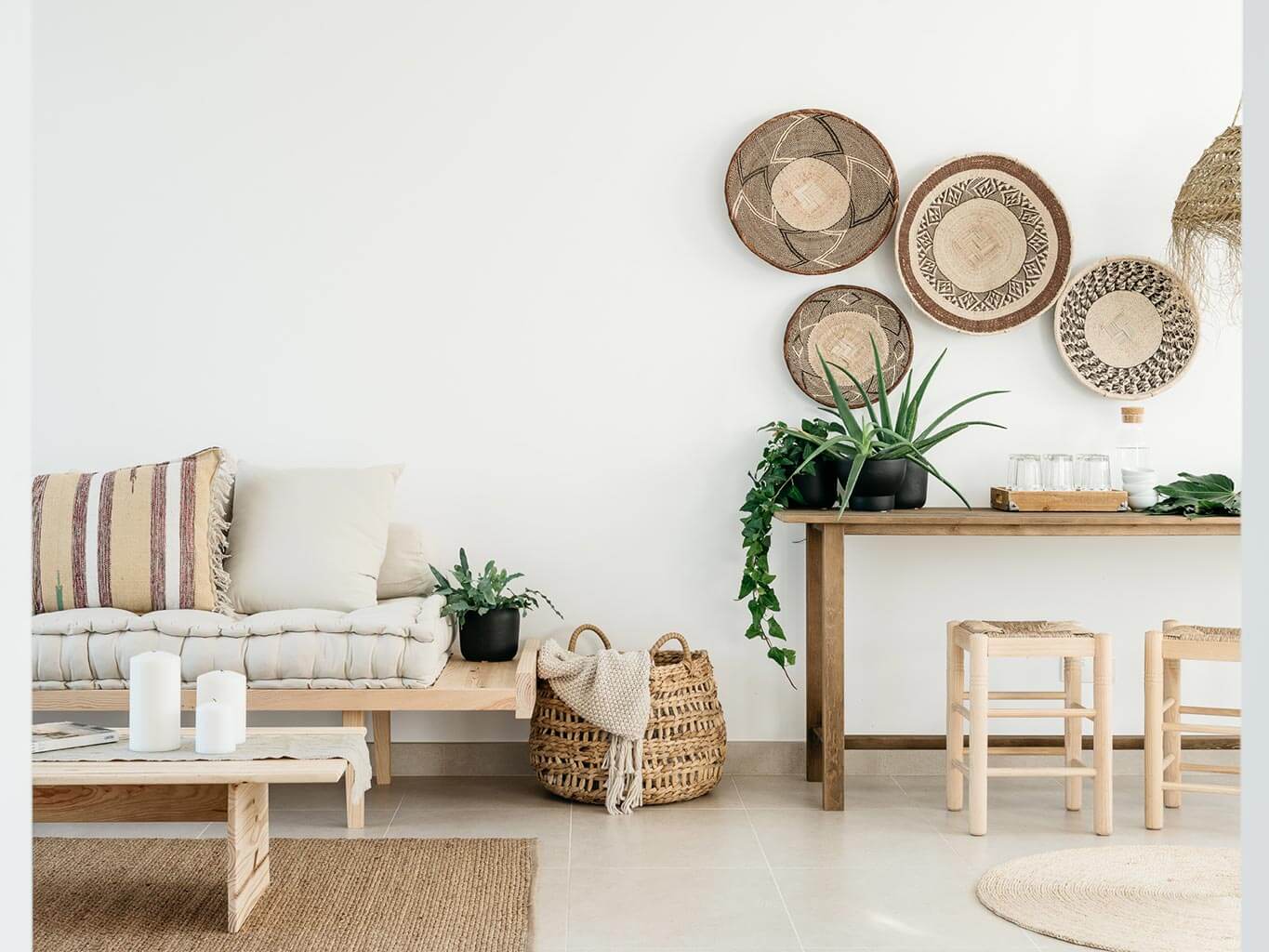Home Decor with a Conscience: Embracing Sustainable Interior Design
In an era where environmental consciousness is becoming increasingly important, many homeowners are seeking ways to create beautiful living spaces that are not only aesthetically pleasing but also environmentally friendly.


In an era where environmental consciousness is becoming increasingly important, many homeowners are seeking ways to create beautiful living spaces that are not only aesthetically pleasing but also environmentally friendly. Sustainable interior design, characterized by its focus on eco-friendly materials, energy-efficient practices, and ethical production methods, offers a holistic approach to home decor that aligns with the principles of sustainability and responsible consumption. Let's explore how homeowners can embrace sustainable interior design to create stylish and eco-conscious living spaces.
Mindful Material Selection
Eco-Friendly Materials
Sustainable interior design prioritizes the use of renewable, recycled, and non-toxic materials that have minimal environmental impact. From reclaimed wood and bamboo to recycled glass and organic textiles, homeowners can choose eco-friendly materials that are both stylish and sustainable, reducing their carbon footprint and promoting resource conservation.
Low-VOC Paints and Finishes
Conventional paints and finishes often contain volatile organic compounds (VOCs) that can off-gas harmful chemicals into the air, contributing to indoor air pollution and posing health risks. Sustainable interior design advocates for the use of low-VOC or VOC-free paints and finishes, which are safer for both the environment and human health.
Energy-Efficient Design Practices
Passive Solar Design
Passive solar design principles harness the natural energy of the sun to heat, cool, and illuminate living spaces, reducing the need for artificial heating, cooling, and lighting systems. By optimizing building orientation, window placement, and thermal mass, homeowners can maximize energy efficiency and minimize reliance on fossil fuels.
Energy-Efficient Appliances and Fixtures
Choosing energy-efficient appliances, lighting fixtures, and HVAC systems can significantly reduce energy consumption and lower utility bills. Energy Star-certified appliances, LED light bulbs, and programmable thermostats are just a few examples of energy-efficient solutions that can help homeowners save energy and reduce their environmental impact.
Ethical Production and Fair Trade Practices
Sustainable Sourcing
Sustainable interior design emphasizes ethical production practices and fair trade principles, ensuring that materials and products are sourced responsibly and ethically. By supporting companies that prioritize fair wages, safe working conditions, and sustainable sourcing, homeowners can promote social equity and environmental stewardship in the design industry.
Artisanal and Handcrafted Goods
Choosing artisanal and handcrafted goods over mass-produced items not only adds a unique and personalized touch to home decor but also supports local artisans and traditional craftsmanship. Handmade furniture, ceramics, textiles, and artwork bring a sense of authenticity and character to living spaces while promoting cultural preservation and community resilience.
Conclusion: Creating Beautiful and Sustainable Homes
Sustainable interior design offers homeowners a holistic approach to home decor that integrates style, functionality, and environmental responsibility. By embracing eco-friendly materials, energy-efficient practices, and ethical production methods, homeowners can create beautiful and sustainable living spaces that reflect their values and contribute to a more sustainable future for all.